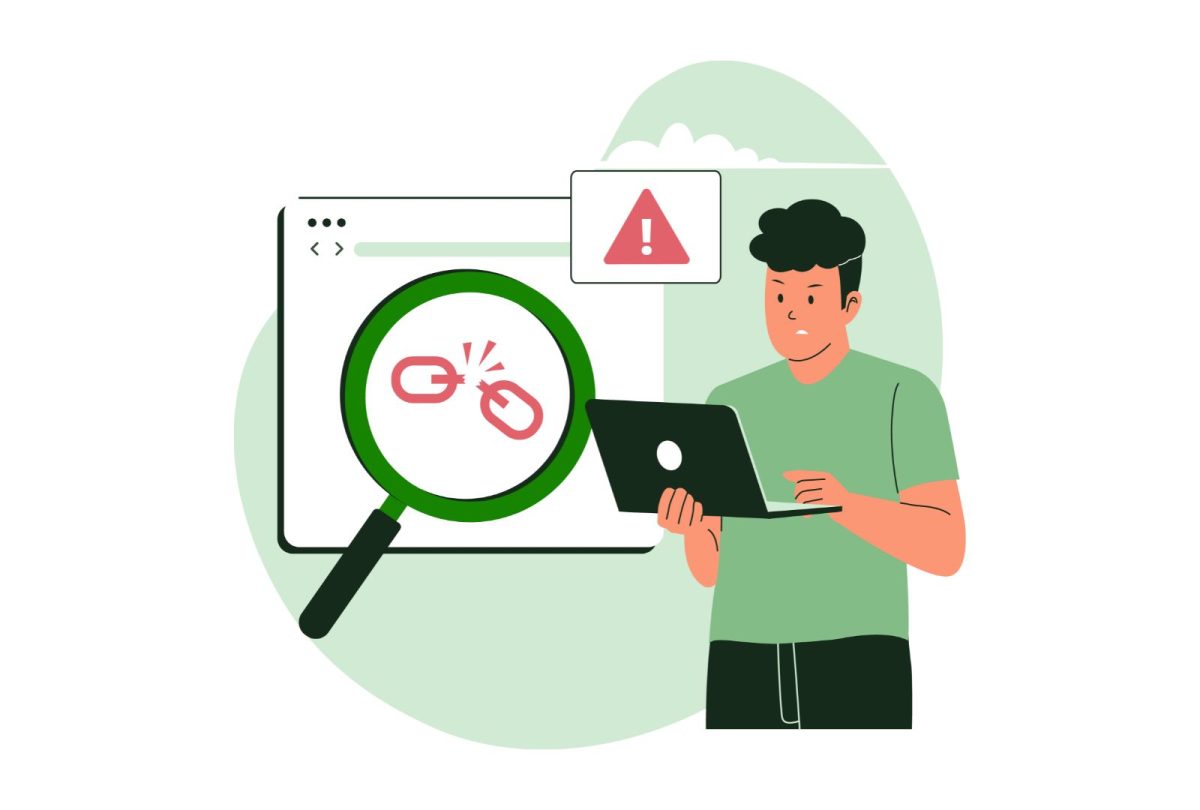Table of Contents

Your website is the digital front door to your business. But like any valuable asset, it needs regular attention to stay strong, secure, and effective. Many businesses only notice problems after something goes wrong—such as a sudden outage, broken links, or a security breach. By then, damage may already be done. The good news? With proactive monitoring, you can prevent most issues before they ever disrupt your visitors or harm your online reputation.
In this article, we’ll explore the common website issues you can prevent with proactive monitoring, why they matter, and how businesses can benefit from staying ahead.
Why Proactive Website Monitoring Matters
Before diving into the website issues, let’s look at why proactive monitoring is so essential:
- Customer trust: Users expect websites to load quickly and function smoothly. Even small errors can reduce trust and drive visitors away.
- Search engine optimisation (SEO): Google prioritises fast, secure, and reliable websites. Monitoring helps keep your site in good technical health, boosting rankings.
- Business continuity: A website outage can cost money and credibility. Monitoring minimises downtime by alerting you before small glitches become big problems.
According to Google research, users are far more likely to abandon a page if it takes longer than three seconds to load. This highlights how vital proactive oversight can be.
Common Website Issues You Can Prevent With Proactive Monitoring
1. Downtime and Outages
Nothing hurts an online business faster than downtime. Even a few minutes of unplanned outage can mean lost revenue and frustrated customers.
Proactive monitoring ensures your site is checked around the clock, with alerts triggered if your site goes offline. This allows for faster fixes and, in many cases, the prevention of outages altogether.
2. Slow Website Performance
Speed is not just a user experience issue—it’s an SEO issue too. Websites that load slowly are penalised in rankings and abandoned by users.
Monitoring tools can identify performance bottlenecks, such as:
- Large image files
- Poorly optimised code
- Overloaded servers
By spotting these website issues early, you can make changes that improve both user satisfaction and search engine visibility.
3. Broken Links and Errors
A 404 error page is frustrating for visitors and signals neglect to search engines. Broken links can occur due to updates, deleted pages, or incorrect URLs.
Proactive monitoring automatically scans for broken links, missing images, or outdated redirects, helping you maintain a seamless experience for your visitors.
4. Security Vulnerabilities
Cybersecurity threats are evolving daily. From outdated plugins to brute-force login attempts, your website is a constant target for attacks.
Monitoring tools can:
- Detect unusual activity
- Identify outdated software versions
- Alert you about potential intrusions
Staying ahead of vulnerabilities keeps your site safe and your reputation intact.
5. SEO and Indexing Issues
Sometimes, your website may look fine to users but fail to be properly indexed by search engines. This can happen due to:
- Incorrect robots.txt rules
- Meta tags blocking crawling
- Server response errors
Proactive monitoring can highlight these problems, ensuring search engines see and rank your content as intended.
6. Domain and SSL Certificate Expiry
An expired SSL certificate not only drives users away with alarming security warnings, but it also hurts your rankings. Similarly, if a domain expires, your entire digital presence can go offline.
Monitoring systems send reminders for renewals so you never lose credibility—or control of your website.
7. Mobile Responsiveness Problems
With the majority of web traffic now coming from mobile devices, any glitch in mobile responsiveness directly impacts user experience. Monitoring can help detect when design changes or updates cause formatting issues on different devices.
Long-Term Benefits of Proactive Monitoring
Improved User Experience
Happy users stay longer, interact more, and are more likely to return. Proactive monitoring ensures your website feels professional and trustworthy.
Stronger SEO Performance
By preventing technical issues that harm SEO—such as slow speed, downtime, or broken links—monitoring helps improve rankings organically.
Peace of Mind
Business owners and teams can focus on growth while knowing their website is being looked after continuously.
Final Thoughts
Website issues like downtime, broken links, and security vulnerabilities can often be avoided. By implementing proactive monitoring, you ensure your site remains healthy, fast, and secure. This not only safeguards your digital reputation but also supports better SEO performance and user trust.
At Pressific, we believe your website should always stay strong, secure, and effective. With proactive monitoring, you’re not just fixing website issues—you’re preventing them and future-proofing your digital presence.






